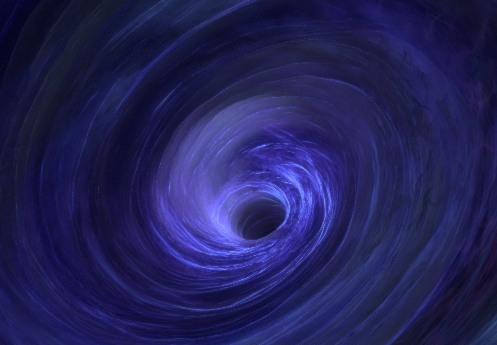First 'lightning bolts' from depths of black hole observed
 London, Nov 12 : The astronomers have recently discovered the first "lightnings or flashes" from a black hole with variations in brilliance more powerful than ever observed before.
London, Nov 12 : The astronomers have recently discovered the first "lightnings or flashes" from a black hole with variations in brilliance more powerful than ever observed before.
An international group of researchers with the participation of the Astronomic Observatory of the Universitat de Valencia stated that in an astronomic sense, the flashes are of duration of only five minutes. The outcomes of the research on this incredibly strong gamma ray phenomenon were in the IC 310 galaxy.
The IC 310 radio galaxy in the Perseus constellation was 260 million light-years away from the Earth. Astronomers believe its center holds a supermassive black hole.
Within this galaxy's center, a strong gamma ray eruption was produced; it was detected by the telescope MAGIC at La Palma Island, with complementary images from the European VLBI Network (EVN).
Matter falling into a black hole produces light flashes across the spectrum of wavelengths. The jets seen in the study are gamma rays resulting from interaction of fundamental particles matter expelled from the poles at relativistic speed by the huge electric fields around the black hole.
Eduardo Ross, researcher from the Max Planck Institute for Radioastronomy and the Universitat de Valencia, said that this process could be imagined as a fierce electrical thunderstorm.
In fact, every few minutes an electrical discharge is produced and affects regions of our solar system. Hence, it is possible for the particles to shoot at speeds close to that of light, within the jet, where they will be accelerated, stopped, reaccelerated and finally centrifuged over the limits of the galaxy itself.
The study is published in Science. (ANI)